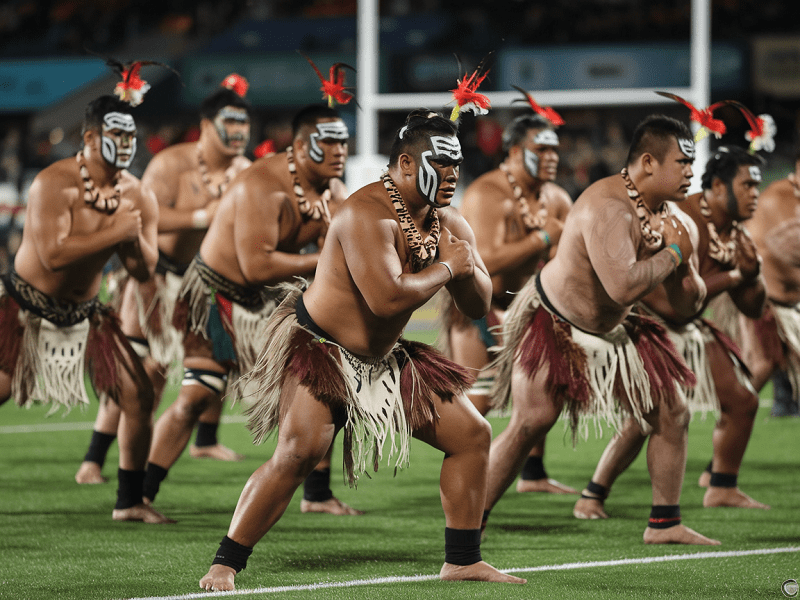Blog

Māori culture comes alive through the powerful haka, a traditional dance that combines movement, chanting, and emotion. More than a performance, the haka is a profound expression of unity, strength, and identity.
The haka, a traditional Māori dance, is one of the most iconic and powerful expressions of Māori culture. Often associated with New Zealand’s All Blacks rugby team, the haka is far more than just a pre-game ritual—it’s a vibrant expression of identity, unity, and strength, deeply rooted in the Māori language (te reo Māori) and customs.
In this article, we’ll explore the origins, significance, and the vital role of language in the haka.
The haka is a ceremonial Māori performance that combines powerful movements, rhythmic chanting, and expressions of emotion. It serves many purposes, including:
Each haka tells a unique story, and its words carry deep cultural and historical significance.
The haka’s chants are performed in te reo Māori, and every word has a purpose. The language is poetic, often using metaphors and symbolism to convey powerful messages about courage, unity, and identity.
Example: The haka “Ka Mate” (performed by the All Blacks) expresses survival and triumph:
These words are attributed to Te Rauparaha, a Māori chief, and celebrate his escape from enemies, symbolizing resilience and victory.
Each haka is distinct, with choreography, rhythm, and lyrics tailored to the occasion and its cultural context.
The haka showcases the beauty and power of te reo Māori, reinforcing its importance in preserving Māori culture. The chants are a way to pass down knowledge, tell stories, and connect with ancestors.
Through the haka, Māori language and traditions are kept alive, even as it evolves in modern settings, such as sports, schools, and global performances.
The haka is more than just a dance or a performance — it’s a connection to history, community, and language. It reminds the world of the strength and resilience of Māori culture while highlighting the importance of preserving te reo Māori for future generations.
Whether performed on the rugby field or in a sacred ceremony, the haka remains a testament to the enduring power of language, tradition, and identity.